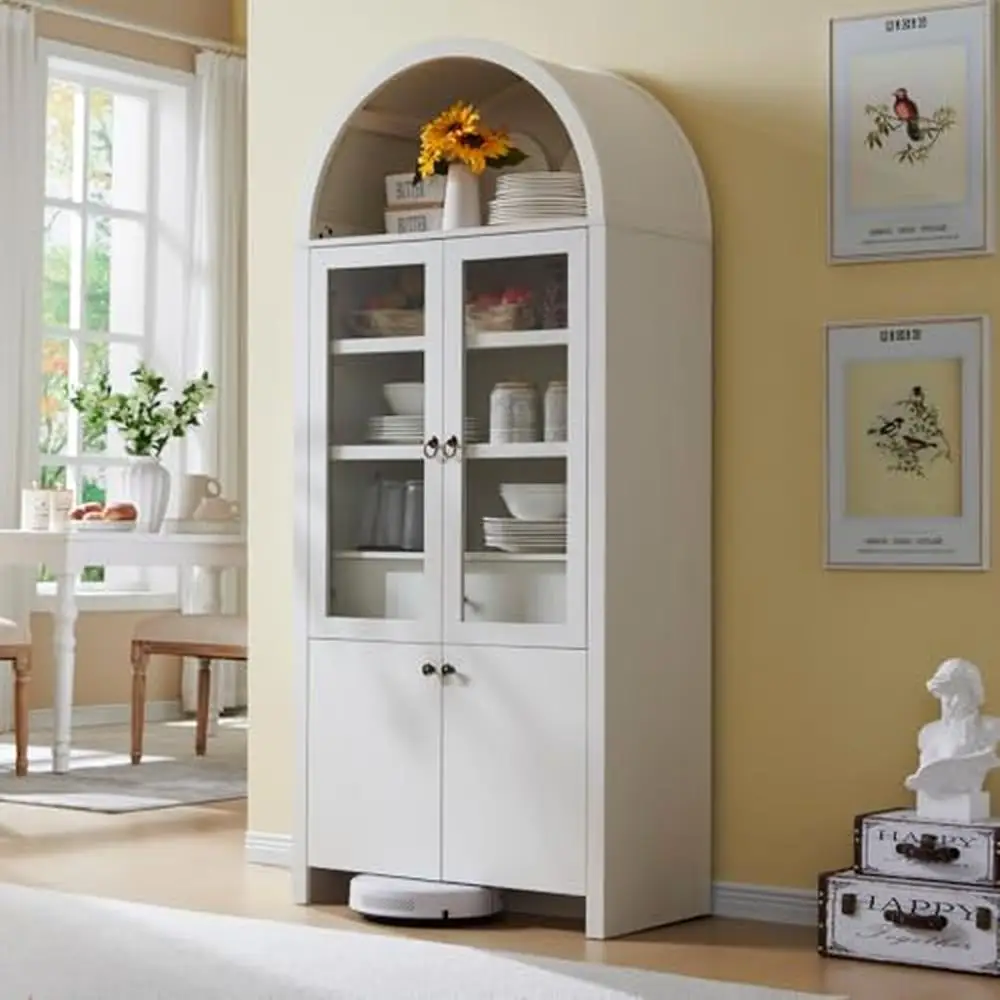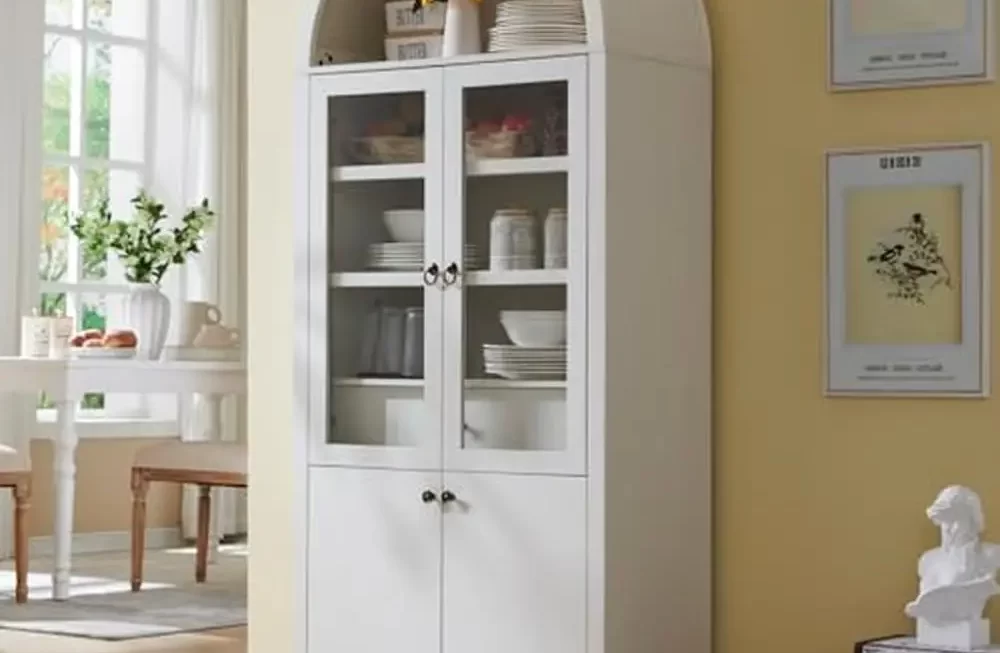Introduction to DIY Cabinet Doors
Venturing into DIY projects, such as creating kitchen cabinet doors, can be rewarding. While the thought of wielding tools and shaping wood may seem daunting, it is entirely doable for beginners. Crafting your own cabinet doors not only saves money but also gives you the power to customize your kitchen to your tastes. In this guide, we’ll walk you through the process of how to make kitchen cabinet doors, ensuring that you have all the information you need to start. Whether you’re a novice in woodworking or simply looking to undertake a new home project, this blog will provide step-by-step instructions and valuable tips to make your DIY venture a success.

Remember, every great craftsman started as a beginner, and with patience and practice, you can achieve excellent results. This project will not only improve the aesthetics of your kitchen but also give you a sense of accomplishment. Let’s get started on this journey to creating beautiful, custom shaker cabinet doors for your home.
Tools and Materials Needed
To embark on the adventure of creating your own kitchen cabinet doors, having the right tools and materials is essential. The beauty of DIY projects is that once you have amassed these tools, they can be used for countless other endeavors around your home.
List of Tools
Begin by gathering the following tools to ensure a smooth construction process:
- A measuring tape for accurate dimensions
- A pencil to mark your measurements and cuts
- A miter saw or miter box for precise cutting angles
- A table saw for shaping your wood
- A drill with assorted drill bits for making holes
- Clamps to secure your work
- A speed square for verifying angles
- A Kreg Pocket Hole Jig for joining pieces
- An orbital sander for smoothing surfaces
- A paintbrush and foam roller for finishing touches
List of Materials
Once you have your toolkit ready, you’ll need the following materials:
- 1×3 wood, like Poplar, for the frame of the door
- 1/4″ plywood, such as Birch, for the door panel
- Wood glue to bond your pieces
- Screws compatible with your Kreg Jig
- Sandpaper to smooth wood before painting
- Primer and paint to finish your doors
- Concealed hinges for a clean look
- Handles or knobs to functionally complete the doors
Gathering these tools and materials marks the groundwork of your DIY cabinet door project. Remember to work slowly, double-check your measurements, and approach each step with care. With these items at hand, you’re ready to measure out your cabinet and get started on crafting your shaker cabinet doors!

Measuring Your Cabinet
Before you start cutting or assembling, measuring your cabinet accurately is critical. Here is a step-by-step guide to ensure you get the right dimensions for your kitchen cabinet doors.
- Measure the Outer Dimensions: Use a measuring tape to measure the height and width of your cabinet opening. This helps determine the size of your doors.
- Measure the Inner Cabinet: It’s also important to measure the inside of the cabinet, where the doors will fit. This ensures your doors conceal the entire opening.
- Double-Check Measurements: Always double-check your measurements. Even a small error can affect the fit of your doors.
- Record Your Measurements: Write down all your measurements clearly. These will guide all your cuts and alignments during the door-making process.
By carefully measuring your cabinet, you create a solid foundation for constructing doors that fit perfectly and look great.
Cutting Rails and Stiles
To create the structure of your shaker cabinet doors, you’ll be cutting rails and stiles. These are essential components in the door’s framework.
What Are Rails and Stiles?
Rails are the horizontal pieces at the top and bottom of the door. Stiles are the vertical pieces on the sides. Together, they form the door’s frame.
To begin, use your 1×3 wood. Most beginners find Poplar to be an excellent choice due to its ease of handling and durability.
Cutting the Wood
- Measure and Mark: Measure your wood according to the dimensions gathered previously. Then, mark where you need to make cuts.
- Use the Miter Saw: Set up your miter saw, or a miter box if you prefer. Make the cuts on your markings. Ensure each cut is straight and precise.
- No Mitered Corners: A benefit of shaker style is that it doesn’t require mitered corners. This simplicity is perfect for beginners.
Ensure your cuts are precise, as the fit of your rails and stiles will heavily influence the overall structural integrity and appearance of your cabinet doors.
Assembling the Shaker Cabinet Door
The assembly process is crucial in creating a sturdy and aesthetic shaker cabinet door. Take your time with each step to ensure precision and strength.
Drilling Pocket Holes
Drilling pocket holes will join the rails and stiles securely. Start by setting up your Kreg Pocket Hole Jig. Follow these simple steps:
- Adjust the jig to fit your wood’s width.
- Clamp your rail onto the jig firmly.
- Using your drill and bit, make the holes at each end of your rails.
- Repeat this process for all rail ends.
Remember, practice on scrap wood first if you’re unsure about drilling the correct holes.
Cutting Notch for Plywood
The plywood panel sits in a notch within the frame, giving shaker doors their iconic look. Here’s how to make the notch:
- Set your table saw blade to cut just under 1/4″ deep.
- Mark the cut line on scrap wood first.
- Run the scrap through the saw, adjust as needed.
- Once you’re satisfied, cut the actual pieces.
Make sure your plywood fits snugly within the notches.
Secure the Rails and Plywood
Now, you’ll bind the frame and the plywood together. Here’s what to do:
- Apply wood glue within the notches.
- With the speed square, align your rails to one stile.
- Clamp them together for a steady hold.
- Insert your plywood into the notches.
- Attach the remaining stile, ensuring the frame is square.
After putting together all the parts, your shaker cabinet door should be starting to take shape, sturdy and ready for the final touches.

Finishing Touches
Once the basic frame of your shaker cabinet door is assembled, it’s time for the finishing touches. These steps will ensure your doors are not only functional but also have a professional, polished look.
Filling, Caulking, and Sanding
Begin by filling any gaps or holes. Use wood filler or Bondo for larger holes, such as pocket holes, and caulk for smaller seams where the 1x3s meet the plywood. Allow the filler to dry, then sand the surface. Start with a coarser grit sandpaper, like 80-grit, and finish with a finer one to get a smooth finish. Sanding also preps the door for priming and painting. Dust off all residue before moving on to the next step.
Priming and Painting
Apply a coat of primer to your door. This helps paint adhere better and provides a more even color. Once the primer dries, paint your door with a brush or foam roller. For a smooth finish, apply thin coats. Let the paint dry completely between coats. If needed, lightly sand between coats for an ultra-smooth surface. Choose a durable paint that can handle everyday use.
The finishing touches are where your hard work starts to pay off. Take your time for the best results. Remember, the attention to detail during these final stages makes a big difference in the overall quality of your cabinet doors.
Installing Cabinet Doors
After crafting your shaker cabinet doors, installing them is the next crucial step. Proper installation ensures that the doors function well and enhance the overall look of your kitchen.
Installing Hinges
Selecting the right hinges is essential for the functionality and aesthetics of your cabinet doors. Here are the steps for installing the hinges:
- Determine the type of hinge that fits your cabinet design. Concealed hinges are popular for a seamless look.
- If using concealed hinges, you might need a Kreg Concealed Hinge Jig to ensure precise placement.
- Position the hinge on the cabinet door where you want it. Use a pencil to mark the spots for the screws.
- Drill pilot holes on your marks. This helps prevent the wood from splitting.
- Attach the hinges to the cabinet door using screws. Use a screwdriver for better control.
- Align the door with the cabinet frame and ensure it opens and closes smoothly.
Adding Handles or Knobs
Handles or knobs are not just functional but can also be a design statement. Installing them correctly is crucial:
- Decide on the placement of the handles or knobs. Consistency is key, so measure carefully.
- Use a template to mark the drill spots on each door to ensure uniformity.
- Drill pilot holes on the marked spots.
- Secure the handles or knobs with screws.
- Check each handle or knob to ensure they are tight and secure.
By following these steps, your doors will not only look professional but will also function smoothly and efficiently. After you’ve installed the hinges and handles, step back and admire your work—your DIY kitchen cabinet doors are now complete and ready for everyday use.
Conclusion: Reflections and Next Steps
As we round up this DIY guide on how to make kitchen cabinet doors, we reflect on the journey taken. Every cut, measurement, and brush stroke brought us closer to custom shaker cabinet doors. The process, aimed at newcomers, hopefully shows that creating something beautiful with your hands is within reach. Now, you not only save money but also appreciate your personalized touch in your kitchen space.
Looking back, consider each step where you gained new skills. Were the measuring and cutting straight-forward? Did the assembly take shape as expected? Every minor victory is a major leap for your DIY mastery. From here, you can branch out to more complex projects or perhaps refine the craft further with different styles and techniques.
Remember, practice makes perfect. If your doors didn’t turn out exactly as planned, that’s okay. It’s part of the learning curve. Take what didn’t work as a lesson for the next try. With each attempt, your skills will improve, and so will your confidence.
Before you gear up for the next challenge, make sure to share your results! Whether it’s a success story or a learning experience, discussing it with others can be incredibly valuable. You might inspire someone else to pick up a saw and start their own DIY project.
The world of DIY is vast, full of potential projects to enhance your home. Consider tackling matching drawers or even constructing a kitchen island. Your toolkit is now stocked, and your skills sharpened—there’s no limit to what you can create next within your home.
To finish, always remember that with patience, persistence, and the right guide, you can accomplish tasks that once seemed daunting. Your freshly installed kitchen cabinet doors stand as proof of your capabilities. Relish in the satisfaction of having created something truly your own, and look forward to the many projects to come.



